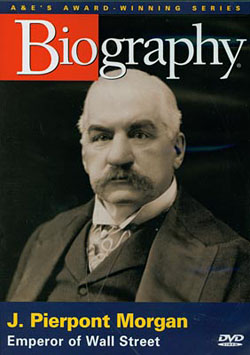The Clash of the Two Americas: The Unfinished Symphony
by Matthew Ehret and Cynthia Chung (2021)
Purchase link: https://canadianpatriot.org/untold-history-of-canada-books/
Book Review
Owing to my passion for hidden history, I found this book a fascinating read. In addition to being meticulously researched and footnoted, The Clash of the Two Americas is also extremely readable, thanks to Canadian historians Ehret and Chung’s gift for explaining complex ideas in ordinary language.
In Volume 1 of this three volume series, the authors introduce us to the British Foreign Office “fifth column” that has dominated American history, a taboo topic in US public schools and universities. Much of the first volume focuses on early efforts by patriot Benjamin Franklin to create a stable and independent American economy to ensure true political independence.
In Franklin’s view, government support for the development of productive industries (via infrastructure investment, protective tariffs, national banking and public credit) was essential for creating this economic environment, as were international agreements in which sovereign nations supported the industrial development of potential rivals, instead of trying using so-called “free trade” agreements to subjugate and exploit (ie colonize) them.[1]
On the domestic side, Franklin started the first fire department (1736) in the 13 colonies, the first public (1731) and the University of Pennsylvania (1740). To escape the power of the British banking system, he called for the colonies to issue their own paper currency, as well as issuing numerous pamphlets calling for the abolition of slavery Hoping that Quebec (which in 1774 encompassed all of modern day Wisconsin, Illinois, Ohio, Indiana, Michigan, Ontario and Nova Scotia) would become a 14th colony, he created Canada’s postal service in Halifax in 1753 (extended to Quebec and Montreal after the British defeated the French in 1763) and the first Canadian newspaper (Montreal Gazette) in 1776.

In 1775, he also chaired the four-man committee responsible for writing the Declaration of Independence and is primarily responsible for its content (not Thomas Jefferson as we are taught in school).
An extremely skilled diplomat, Franklin also spent extensive periods in Britain, France, Russia and Germany promoting programs of mutual technology sharing. Thanks largely to his influence, at the time of the American Revolution, there was a significant enlightened intelligentsia sharing his views in Russia, France, Germany, Prussia, Spain, India and Morocco (which is why most of these countries provided material aid to the rebels in their war against Britain).
When British East India Company economist Thomas Malthus published his 1798 book An Essay on the Principal of Population, the divide between intellectuals who supported Franklin’s enlightened economic views and those who favored continuing exploitation of colonies, slaves and the working class became even more polarized.[2]
Alexander Hamilton, one of Franklin’s protégés,[3] played an essential role after independence in creating America’s first national bank. With his murder in 1804 by Aaron Burr,[4] the British banking system and America’s Anglophiles deliberately undermined the US credit system, causing major speculative booms and busts. Ehret and Chung go on to remind us that every president who tried to escape British banking and Wall Street control of the US money system died in office (ie Harrison, Taylor, Lincoln, Garfield, McKinley and Harding).
The other really interesting section of this book concerns the role of the British Foreign office in instigating the secession of the Southern Confederacy, in funding and arming them during the Civil War and in the assassination of President Lincoln. This, as other sections of the book, is carefully sourced and documented.
[1] Under free trade agreements, stronger nations force weaker countries to repeal the protective tariffs that protect their developing industries from cheap imports. Adam Smith strongly supports free trade in his 1776 book Wealth of Nations. So did the slave owning Thomas Jefferson, America’s third president.
[2] The European elite supported Malthus’s view (that population growth will always outstrip food production) as an excuse not to implement reforms addressing the needs of the poor. In contrast, Franklin’s protégés believed that ending private banks’ control of the money system and industrial development would enable countries to continue to feed growing populations.
[3] Some of Franklin’s other protégés who carried his political philosophy into the 19th century included John Jay (1745-1829), 1806), Isaac Roosevelt (1726-1794)
(great-great grandfather to Franklin Roosevelt), Henry Clay
(1777-1852), John Quincy Adams (1767-1848), Matthew Carey (1760-
1839) and Matthew Carey’s son Henry C. Carey.(1793-1879, a leading economic advisor to Abraham Lincoln.
[4] Burr was tried in 1807 for treason on behalf of the British Foreign office and was acquitted. Conclusive evidence of his activities only came out post-trial. Following his acquittal, British intelligence smuggled him into Nova Scotia, from where he sailed to London.

